Uganda Animals: 27 Amazing Safari Animals of Uganda
Looking for Uganda animals? In this post, you’ll learn about 27 amazing animals that you can see while trekking and on safari in Uganda. They include mammals, birds, reptiles, and fish.
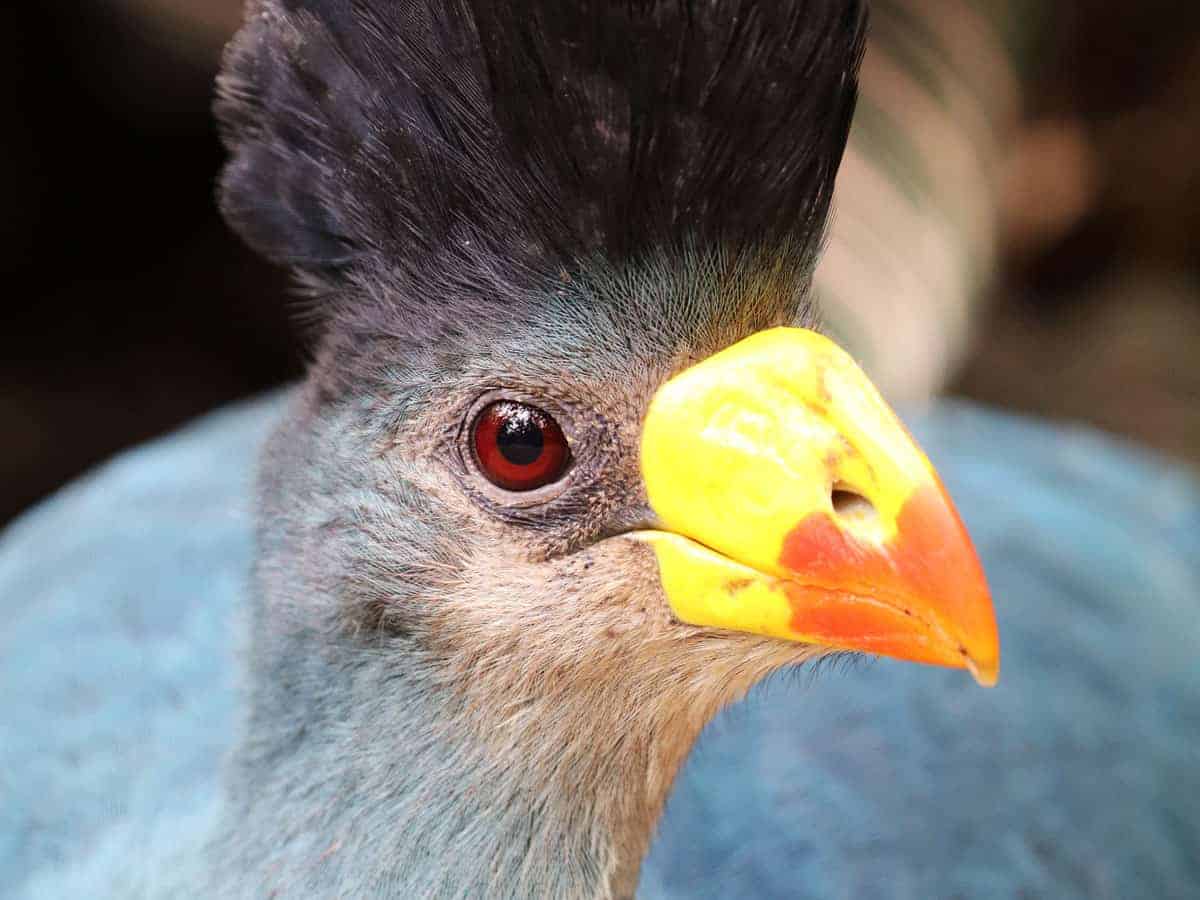
27 African Safari Animals in Uganda
Uganda is a landlocked country in eastern Africa. Along with Tanzania and Kenya, it is home to Lake Victoria, which is both the largest lake in Africa and the largest tropical lake in the world.
Many animals are native to Uganda; it boasts 1,061 bird species, making it a popular destination for birders. The entire continent of Africa, for the record, is home to 2500 bird species.
Check out our Guide to the Birds of Uganda (including the top birding sites).
1. Crested Crane: Uganda’s National Bird
The Crested Crane, which is a subspecies of the Grey Crowned Crane (Balearica regulorum), is the national bird of Uganda.
As such, it appears on the country’s flag; it is also on the Ugandan coat of arms opposite a Ugandan Kob. Both represent the abundant wildlife in Uganda. The Crested Crane’s crest sports the same colors as the Ugandan flag. Not surprisingly, it is very high on the typical visitor’s Uganda animal list.
Check out our Travelers Guide to Uganda’s 10 National Parks (and 4 Wildlife Game Reserves)
2. Lake Victoria Cichlids
Lake Victoria is home to a number of fish species, some of which are endemic, which means they can’t be found anywhere else. The best known of these are arguably the cichlids from the family Cichlidae. Here are 9 facts about Lake Victoria’s cichlids.
There are over 500 species, some of which have not yet been named or described by scientists. Those species are divided into around 16 groups based on their diet: insectivores, plankton-eaters, scavengers, etc.
3. African Bush Elephant: World’s Largest Living Land Mammal
The African bush elephant or African savannah elephant (Loxodonta africana) is an impressive sight; a large male can stand 13 feet tall and weigh 11.5 tons, while an average-sized male stands around 10.5 feet tall and weighs 6.6 tons. Females are notably smaller.
Big game hunters counted elephants among the “Big Five,” those animals that were most dangerous to hunt on foot.
Nowadays, seeing an elephant in the wild is on every traveler’s wish list of Uganda animals to see.
For their size, elephants can move surprisingly fast. How fast can an elephant run?
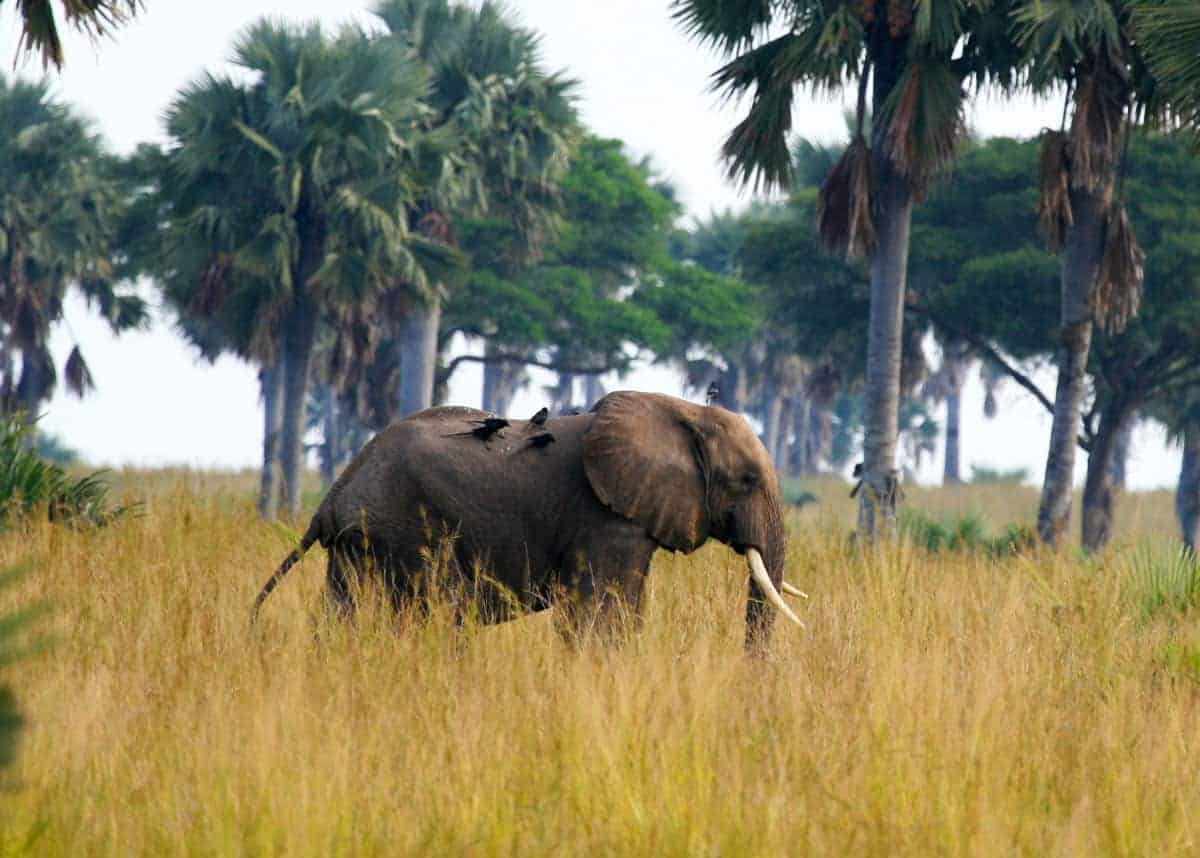
4. Uganda Kob: Uganda’s National Antelope
What animals live in Uganda? Antelopes make up a goodly portion of the Uganda wildlife; there are 29 species, including the Uganda kob (Kobus kob thomasi), which is a subspecies of the kob.
It is a medium-sized antelope that is depicted on Uganda’s coat of arms. Males can weigh around 200 pounds, while females are significantly smaller at 130 to 140 pounds.
Learn more about African antelopes.
5. Shoebill Stork: Most Sought-After Bird
The Shoebill (Balaeniceps rex), sometimes called the Shoebill Stork, is one of the most elusive birds in Uganda.
Consequently, it is one of the most sought by birders. At around five feet tall, its massive bill gives it a prehistoric look.
The Shoebill lives in swamps, where it feeds chiefly on lungfish. It will also eat frogs, other fish, snakes and even baby crocodiles. Shoebills can live for over 50 years. Learn more about the shoebill stork.
How’s your Swahili? Check out our guide to 100+ animal names in Swahili.
6. Rock Python: Africa’s Biggest Snake
The rock python (Python sebae) can be over 5 meters (16 feet long). It is not venomous and kills its prey by constriction. It often feeds on large rodents or small antelopes.
Their mottled skin is gold on black. Snake-lovers who want to see one ought to check out the bat cave in Queen Elizabeth National Park’s Maramagambo Forest.
7. Mountain Gorilla: Biggest Primate
The mountain gorilla (Gorilla beringei beringei) is a subspecies of the eastern gorilla.
Over half of the world’s population, around 750, live in Uganda’s forests. Mountain gorillas can’t survive in captivity, so it is vital to protect their habitat.
Mountain gorillas live in family groups led by a silverback or mature male. He does indeed have silvery hair forming a large saddle-like mark on his back, and he can weigh as much as 260 pounds. Part of the silverback’s job is defending the rest of the family from threats.
Mountain gorillas are intelligent and have been observed using tools. They are also among the more popular attractions for Uganda wildlife safaris.
More reading: How Strong is a Gorilla?
8. African Lion: King of Beasts
The lion (Panthera leo) is another member of the Big Five and another animal many travelers have on their wish list of Uganda animals.
Lions are the most social of the big cats and live in family groups called prides that consist of several related females, their cubs, and one or two adult males. The cubs are generally born around the same time, and the lionesses take turns babysitting them.
The lionesses do most of the hunting, and they usually target big game like giraffes or buffalos. The male’s job is protecting the pride from enemies.
9. Shelley’s crimsonwing: Rare Bird
The Shelley’s crimsonwing (Cryptospiza shelleyi), a member of the finch family, is one of the rarest birds in the world.
They can only be found in the Albertine Rift that borders Uganda, the Democratic Republic of the Congo, and Rwanda. The bird is so elusive only a handful of photographs exist.
10. Chimpanzees
Chimpanzees (Pan troglodytes) and humans have about 98 percent of their DNA in common. A chimpanzee troop can have between 30 and 150 individuals.
They live in grasslands, woodlands and tropical rain forests. While chimpanzees are omnivores, their favorite food is fruit. Chimps reach maturity when they are between 11 and 13 years old, and they can live for up to 60 years.
11. Cape Buffalo: The Black Death
The Cape buffalo (Syncerus caffer), another member of the Big Five, owes the above nickname to the fact that it has killed more big game hunters than the other four animals put together.
It is a subspecies of the African buffalo, the only bovine in Africa. Both males and females have horns, and the horns on a big male can be four feet across. A large male can weigh nearly a ton and stand six feet tall at the shoulder. Despite their aggression, Cape buffalo live in herds that can contain hundreds or thousands of animals.
Learn the differences between buffalo vs bison.
12. Great Blue Turaco
The great blue turaco (Corythaeola cristata) is another item on many birders’ wish lists. Fortunately, it is relatively common; the IUCN describes it as “least concern.”
It can be up to 30 inches long and weigh up to 2.7 pounds. It is largely teal and has a black crest and red and yellow beak.
13. Golden Monkey
Uganda is home to at least a dozen primate species, including the endangered golden monkey (Cercopithecus kandti).
It’s a subspecies of the blue monkey that can only be found in the foothills of the volcanic Virunga mountains that extends through Uganda, Rwanda and the Democratic Republic of the Congo.
The golden monkey has golden fur on its body, tail and cheeks, but its limbs are black. It weighs between 10 and fifteen pounds.
14. African Leopard: Master of Camouflage
The African leopard (Panthera pardus pardus) is the most elusive member of the Big Five, for its spotted coat allows it to blend in with its surroundings.
Many people consequently have it on their most-desired Uganda animal list.
The leopard is also the most arboreal of the big cats, and it is strong enough to haul its prey up a tree, so it can leisurely eat it without being robbed by hyenas or lions. Leopards are also skilled swimmers, can jump up to ten feet in the air, and can run up to 35 miles per hour.
15. Black and White Rhinos
Both black and white rhinoceroses are native to Uganda and both were extinct in the wild by 1982.
In 2005, the Uganda Wildlife Authority worked with some other groups to establish the Ziwa Rhino Sanctuary and reintroduce the southern white rhinoceros (Ceratotherium simum simum). They started off with six animals, and those numbers have grown to 32. When this article was written a few years ago, the number was just 19 rhinos.
Update August 2020: According to Rhino Fund, this number has now increased to 32 individuals. Thanks to Angie Genade, Executive Director of Rhino Fund Uganda for the update.
Other Uganda wildlife have made their home in the sanctuary which is the only place in Uganda where visitors may see a rhinoceros in the wild. Rhinos are the final member of the Big Five. Learn more about the southern white rhino in Uganda.
Curious about how fast a rhinoceros can move? Here’s how fast a rhino can run.
16. Nile Crocodile: Freshwater Hunter
The Nile crocodile (Crocodylus niloticus), is one of three crocodile species found in Africa. It is also the second largest crocodile in the world; a big male can weigh over half a ton and grow to be 20 feet long.
The Nile crocodile likes to stay near or in water, so it lives in swamps, estuaries, rivers and lakes. It feeds on both fish and large land animals.
Learn more about crocodile speed compared to humans.
17. Sitatunga: Swamp Antelope
The sitatunga (Tragelaphus spekii) is a semi-aquatic antelope that lives in swamps. Its splayed feet help it swim.
Males are larger than females and can weigh up to 275 pounds and be as much as 63 inches long. A frightened sitatunga will retreat into deep water so that only its nostrils are visible.
Learn more about the sitatunga antelope.
18. Hippopotamus: River Horse
The word “hippopotamus” comes from the Greek for “river horse,” and it is one of the animals native to Uganda. Ironically, the hippopotamus (Hippopotamus amphibious) is more closely related to whales and dolphins than it is to horses.
After the elephant and the rhinoceros, it is the third largest terrestrial mammal. Hippopotami have no sweat glands, so they spend a lot of time in the water to cool off. They can remain completely submerged for six minutes before needing to come up for air.
More reading: Is Hippo Milk Really Pink?
19. Marabou Stork: Undertaker Bird
The marabou stork (Leptoptilos crumenifer) is a wading bird that is often described as the ugliest bird in Africa. An adult can stand five feet tall and have a wing span of over ten feet.
It owes its ghastly looks to a naked pink neck with a pair of air sacs, one on the back at the base of the neck and a bigger one hanging from the front that looks like a deflated balloon. Marabou storks are scavengers that can be found anywhere from city dumps to Uganda wildlife safaris.
20. African Green Broadbill: Elusive and Tiny Bird
The African green broadbill (Pseudocalyptomena graueri) is endemic to the mountainous Albertine Rift in Uganda and the Democratic Republic of the Congo. In Uganda, it lives in the Bwindi National Park and has not been seen anywhere else.
21. Doherty’s Bushshrike: Often Heard and Seldom Seen
The Doherty’s Bushshrike (Telophorus dohertyi) is one of the more common birds found in Uganda. It lives in shrublands and tropical forests.
It is mostly green and had a bright red throat and forehead. It emits loud whistling calls to announce its presence and territory. It feeds mainly on grasshoppers and beetles.
22. Rothschild giraffe: Tallest Giraffe
The Rothschild’s giraffe (Giraffa Camelopardalis rothschildi), also known as the Uganda giraffe, is the one type of giraffe found in Uganda. It is also the tallest of the giraffes and can reach a height of 19 feet!
Even a newborn giraffe stands as tall as a man. Sadly, the Rothschild’s giraffe is endangered; only a few hundred still live in the wild.
Learn more about giraffes: Guide to Giraffe Species: How Many Types of Giraffes Are There?
23. Saddle-billed Stork: Bird of the Pharaohs
The saddle-billed stork (Ephippiorhynchus senegalensis) was indeed known to the ancient Egyptians and depicted in a hieroglyph. It owes its name to the yellow shield on its black and red bill. At five feet tall, it is also one of the biggest storks and sports black and white plumage.
24. African Spoonbill
The African spoonbill (Platalea alba) is a member of the ibis family, and the end of its bill really is shaped like a spoon. It is large and has pure white feathers. Like other members in its family, it lives in wetlands. The African spoonbill hunts for fish, amphibians, insects and other prey in shallow water.
25. Oxpecker: Helpful Avian
There are two species of oxpecker (Buphagus), and they are the sole members of the family Buphagidae. They owe their name to their habit of perching on large animals like rhinos or cattle.
While they appear to peck at these animals, they are really eating the ticks and other parasites on their skin. While they can be found in most habitats, they do not live in rain forests or deserts.
26. Plains Zebras (Burchell Zebras)
Uganda is home to some 3,000 plains zebras. You can see them in Lake Mburo National Park and Kidepo Valley Park. Did you know that zebras have four different sounds and barks? Learn (and hear) more here.
Learn more about zebras in our huge zebra guide.
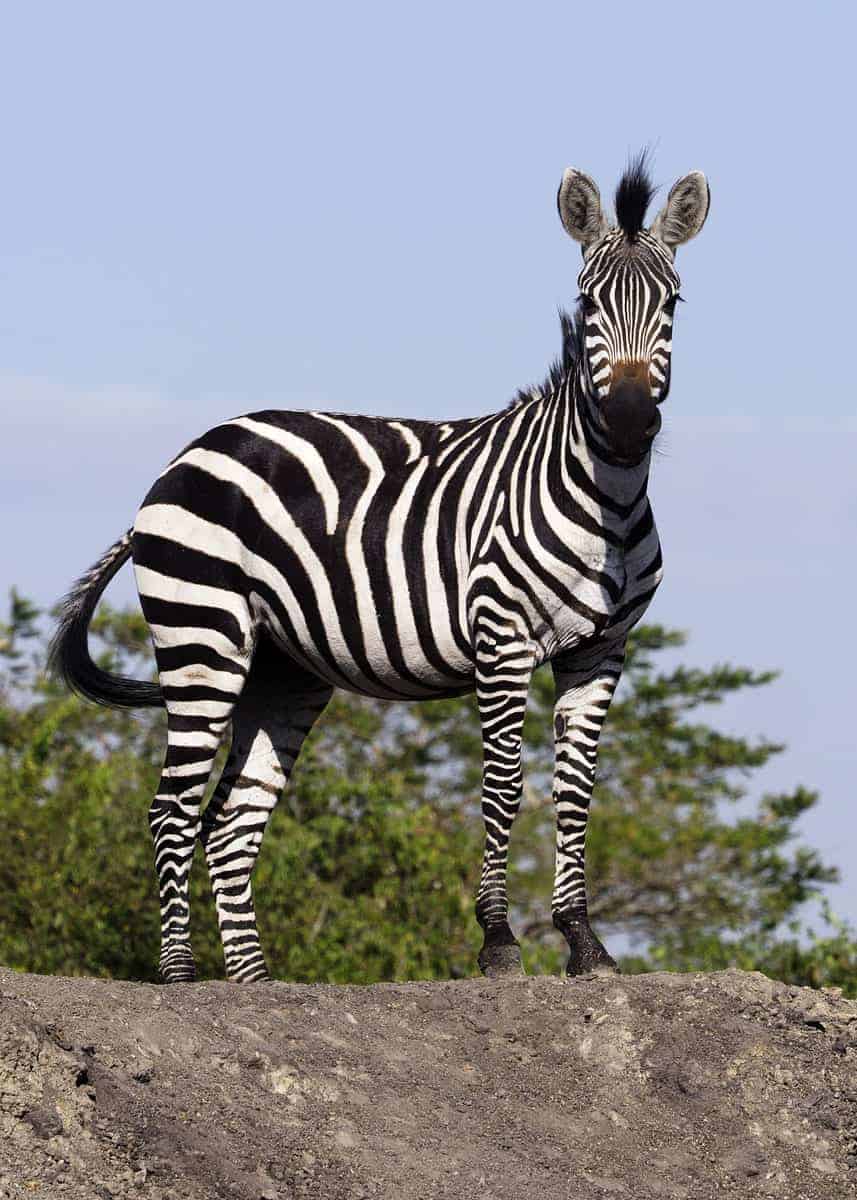
27. Spotted Hyenas
Hyenas are famous for their giggling calls and their unique body shape. Uganda is home to spotted hyenas – the largest and noisiest of four hyena species in Africa. Here’s our full guide to the spotted hyena.
Learn more about why hyenas laugh.
Your Turn
What is your favorite animal in Uganda? Which animal do you want to see most on your safari? Join us in the comments.

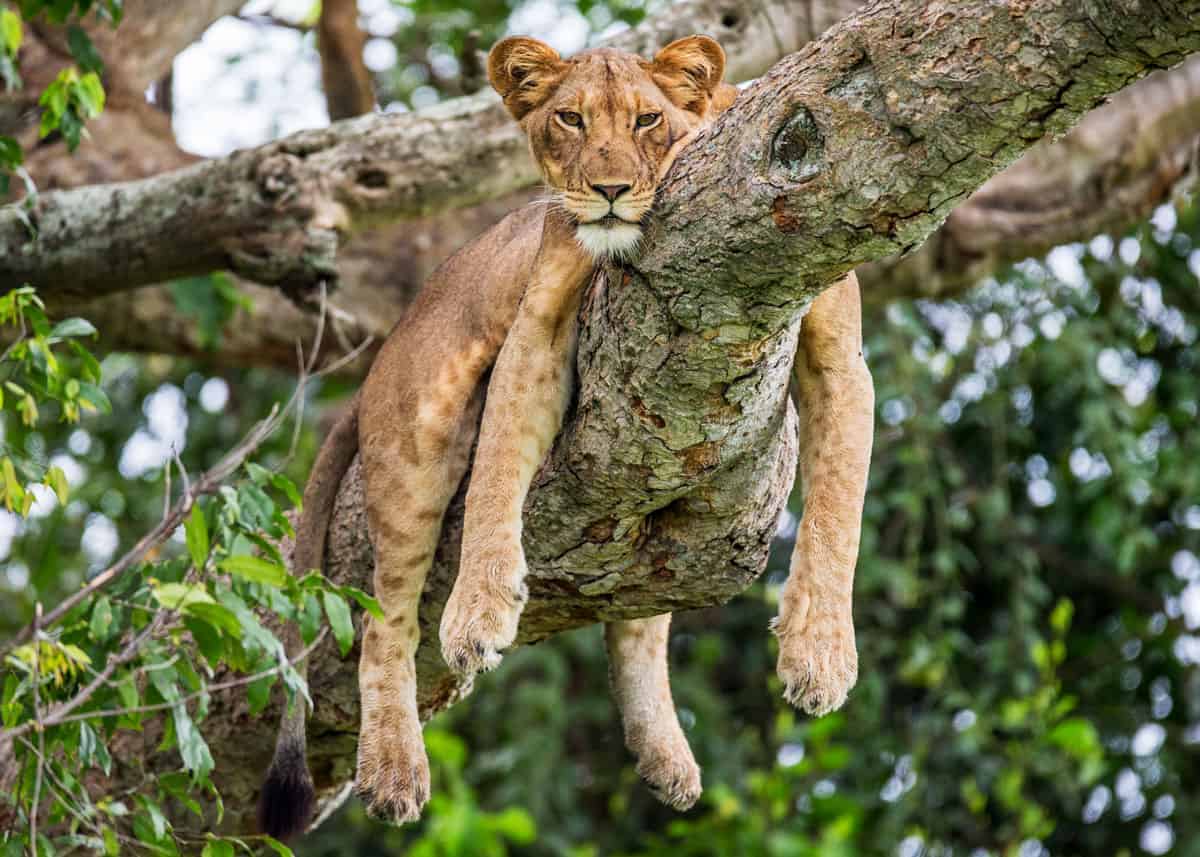
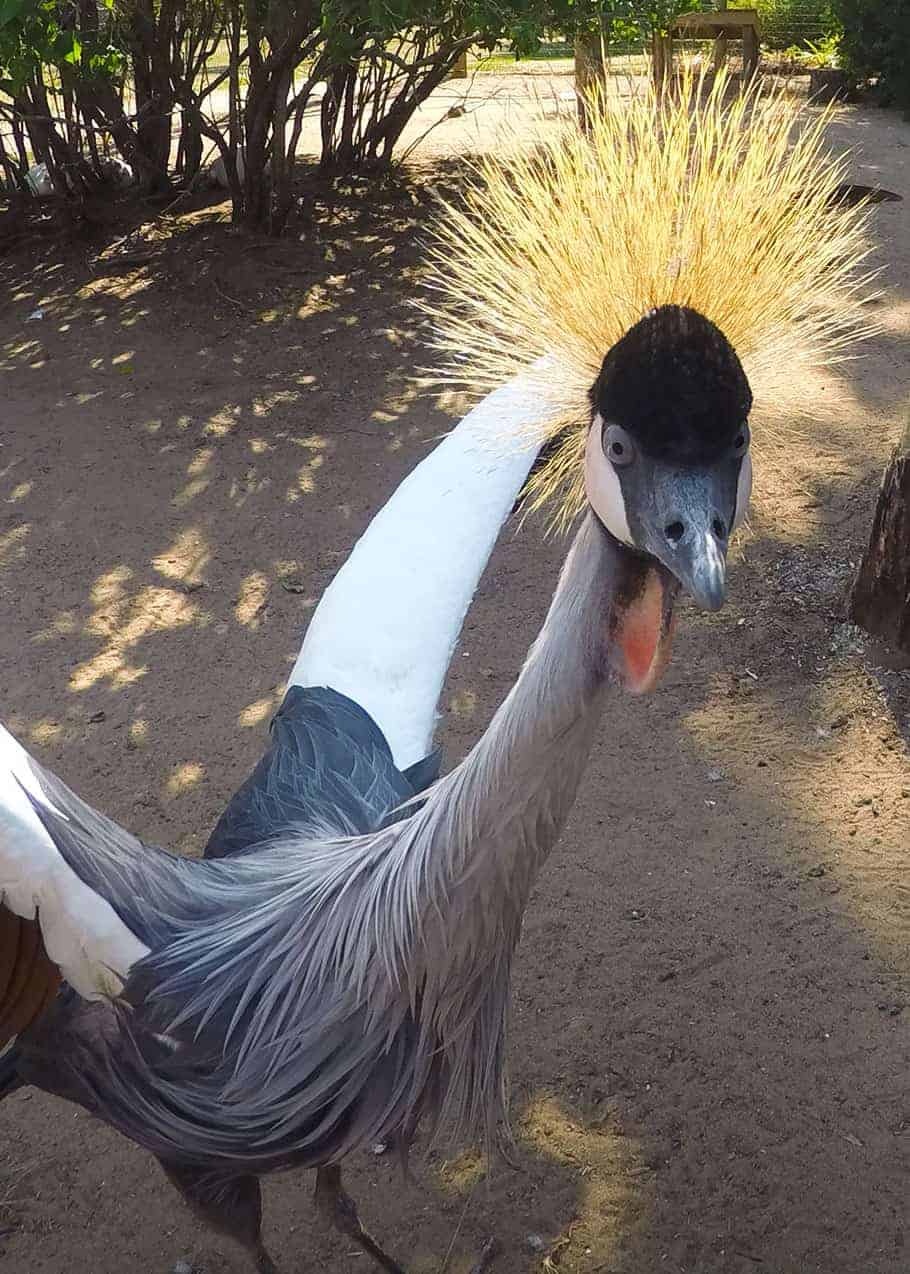
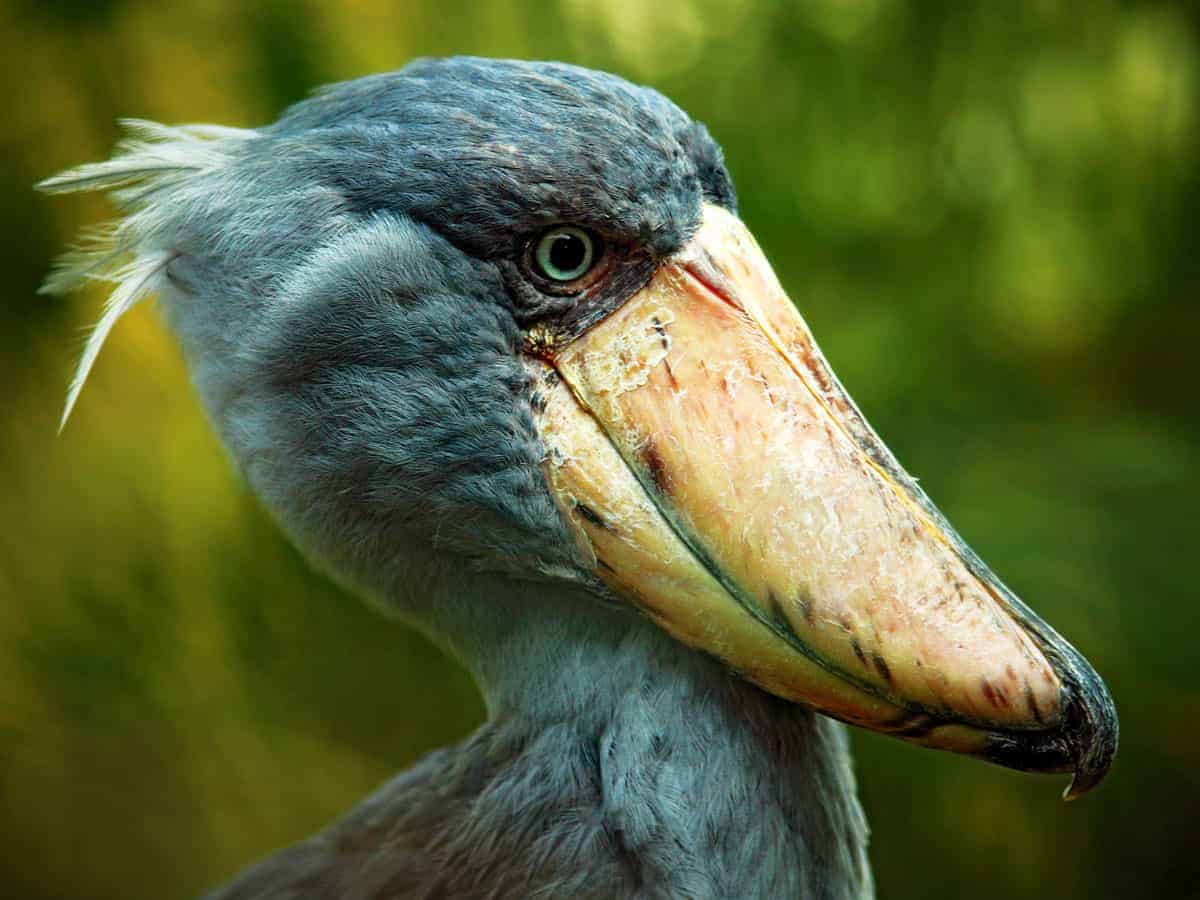
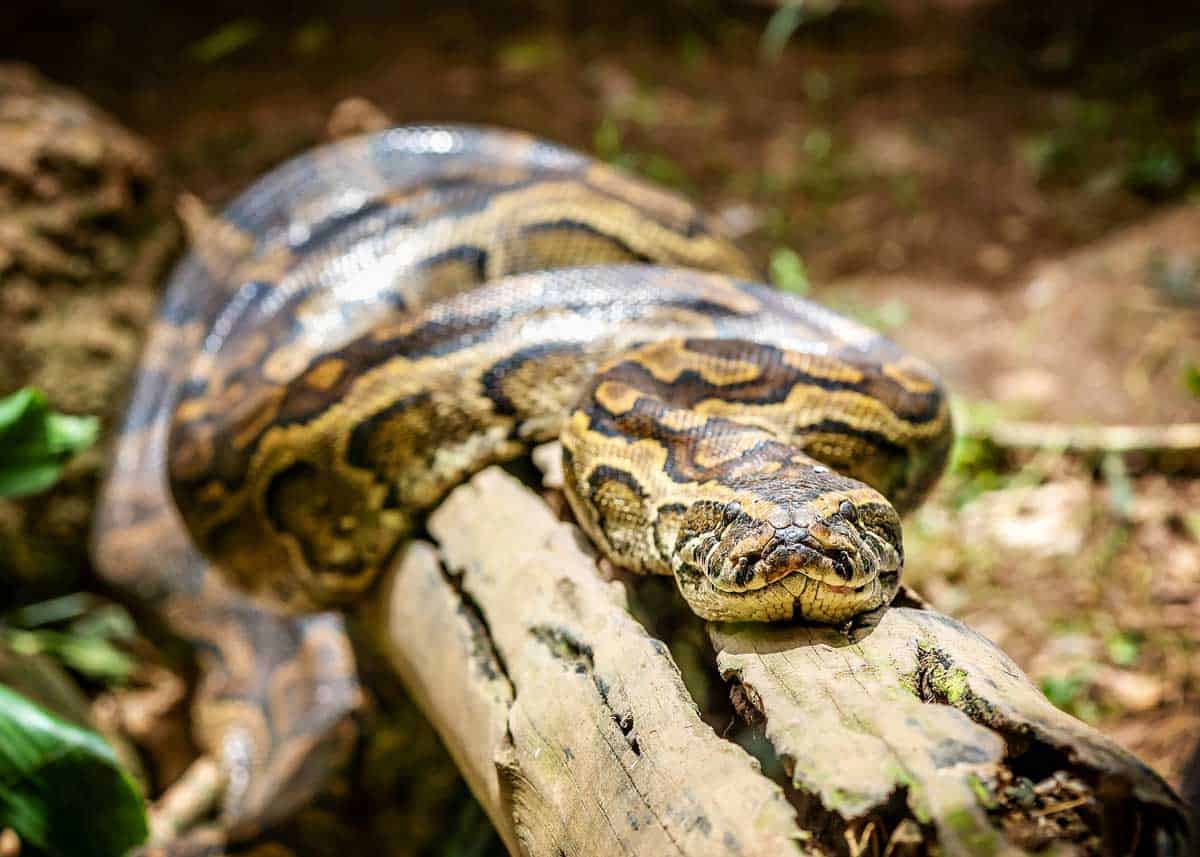
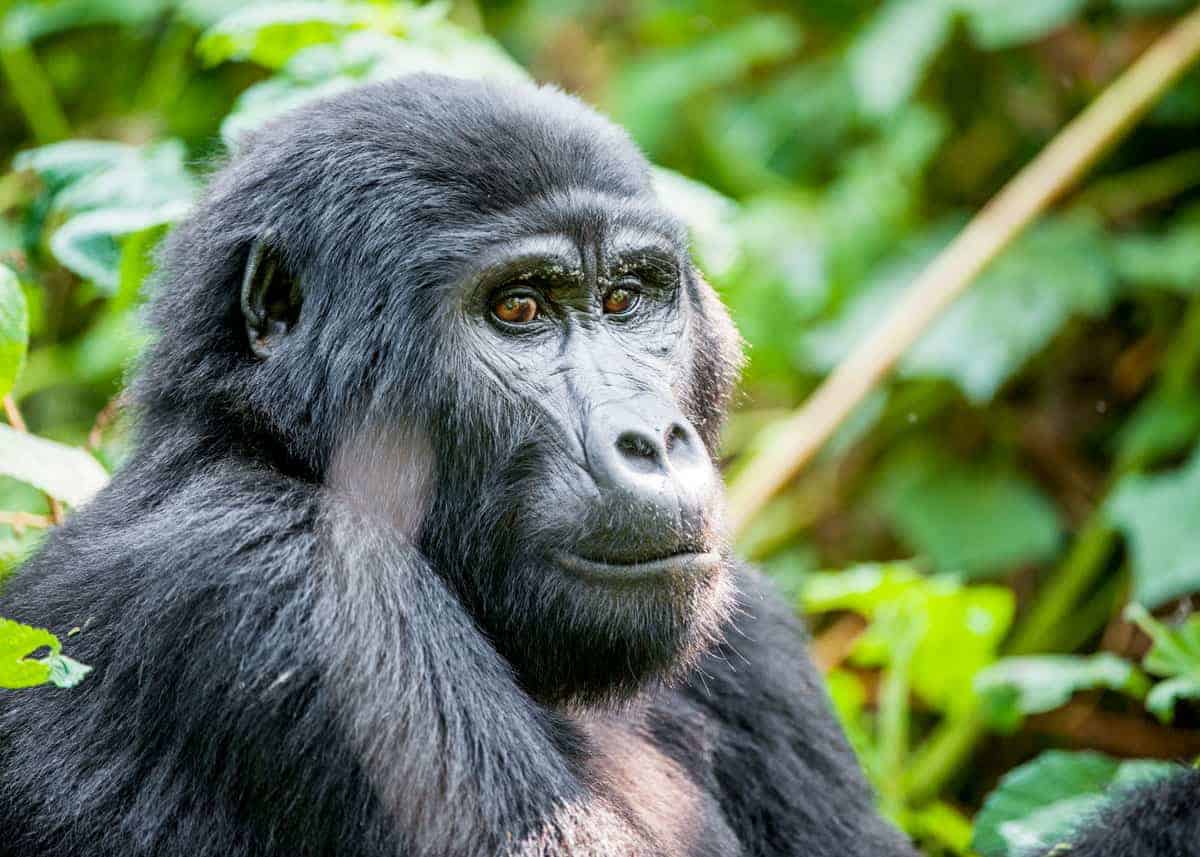
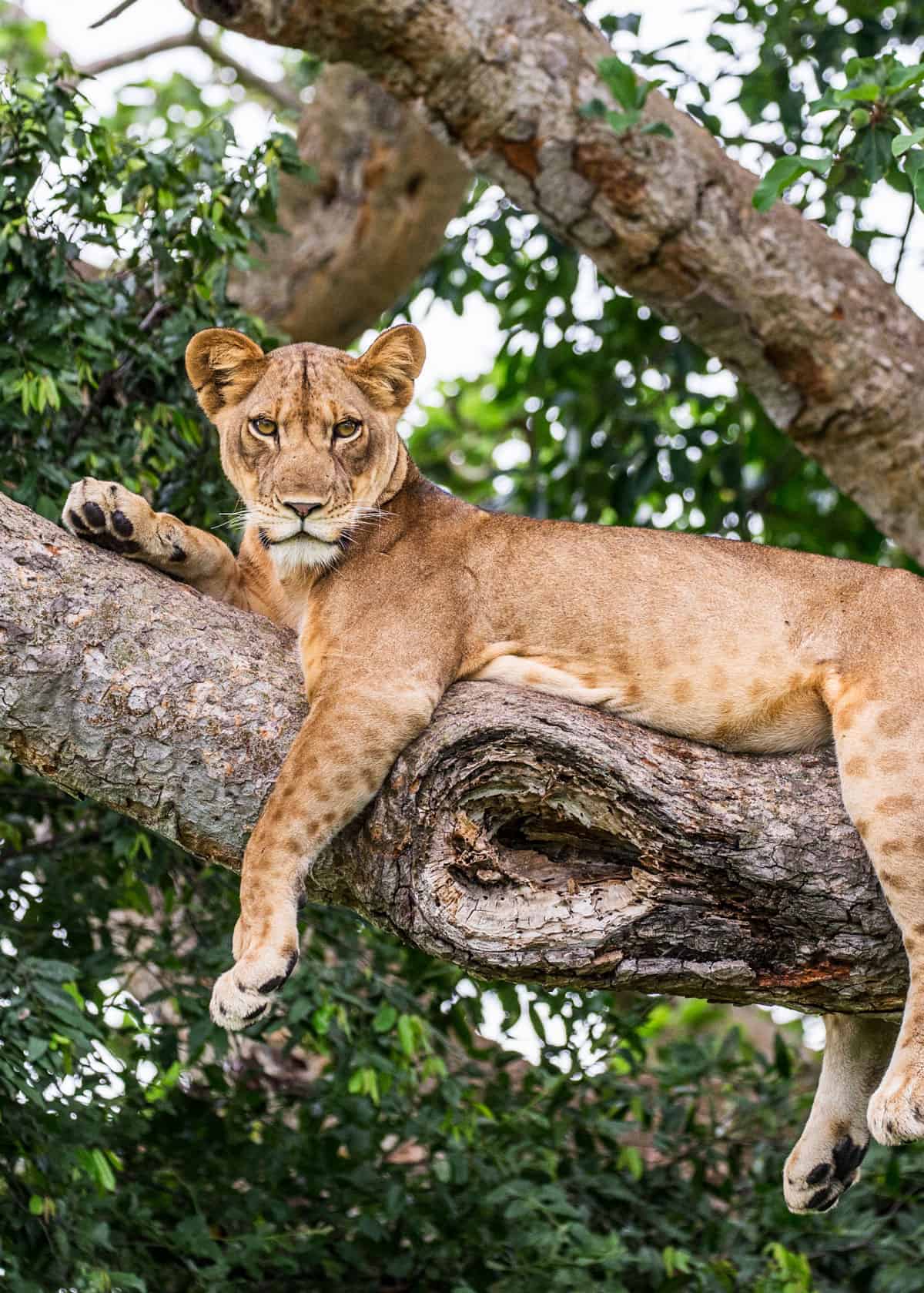
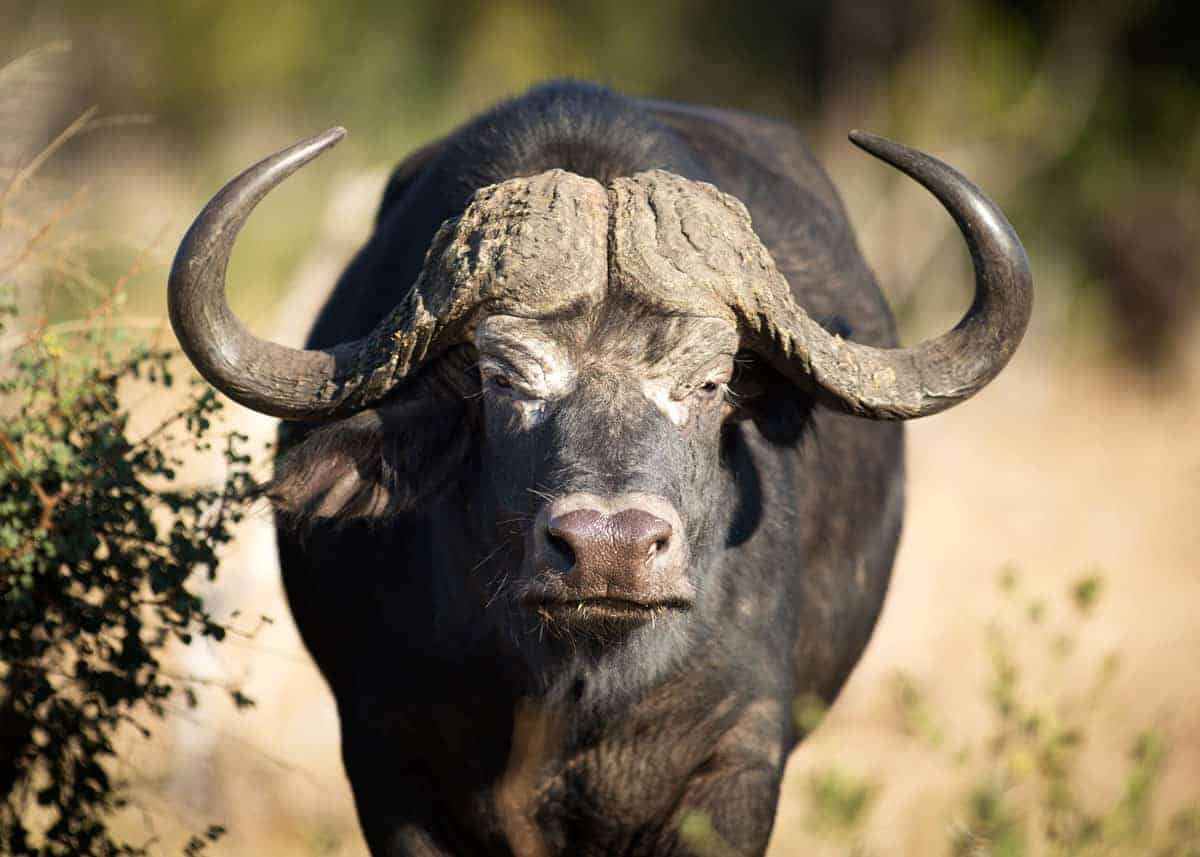
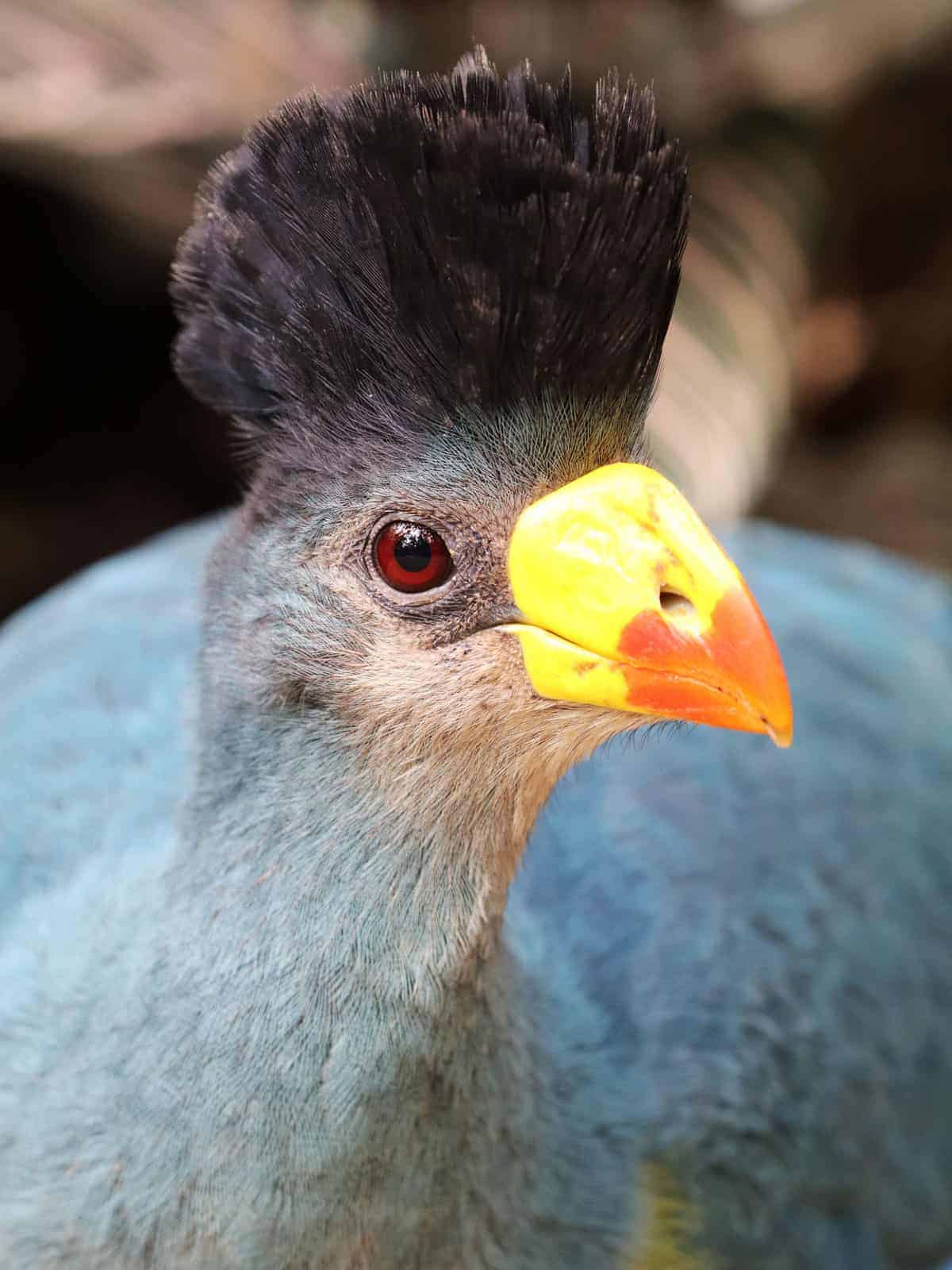
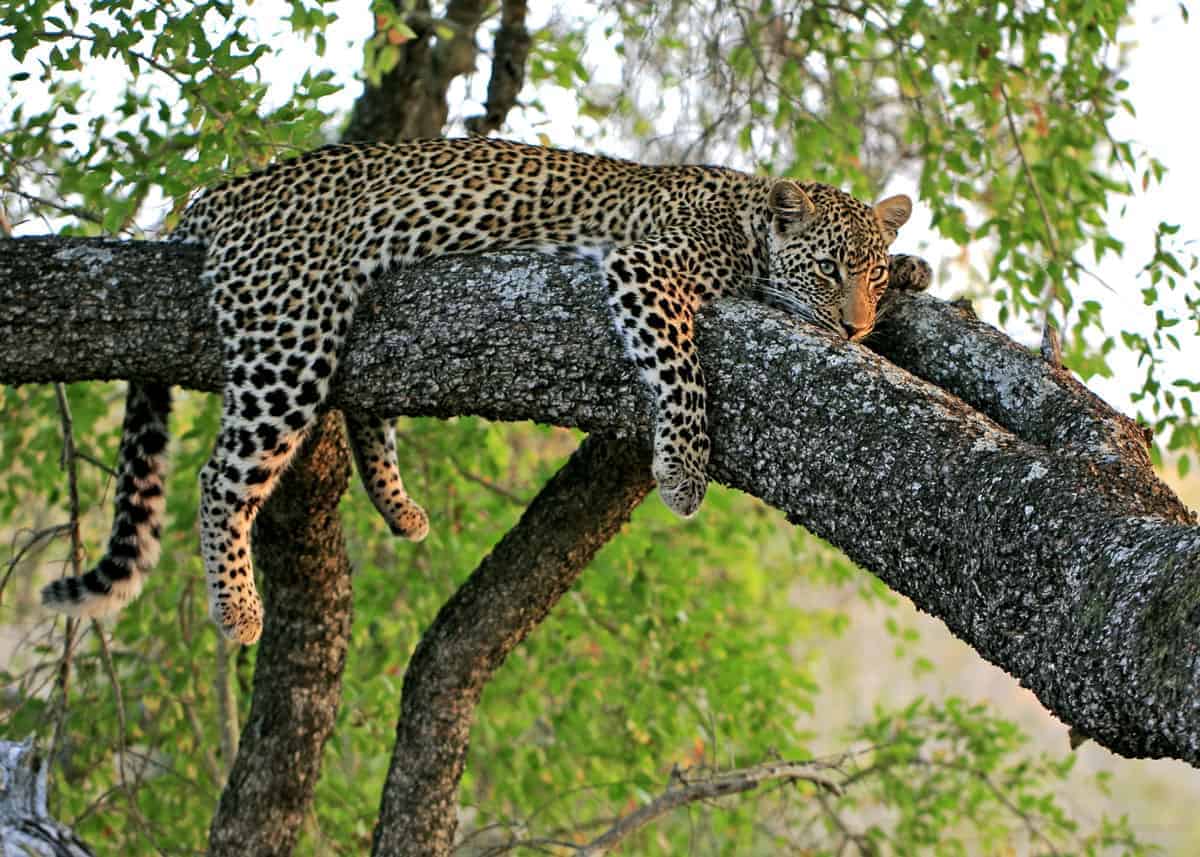
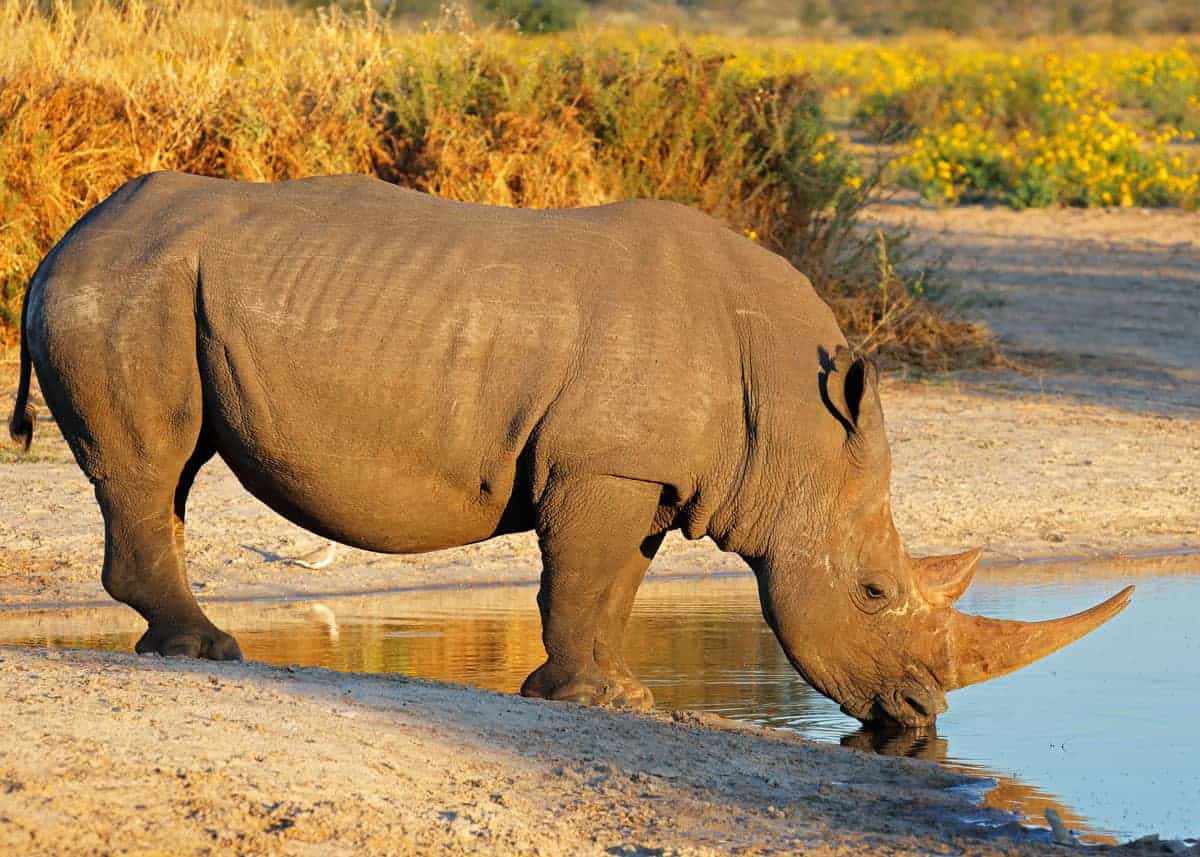
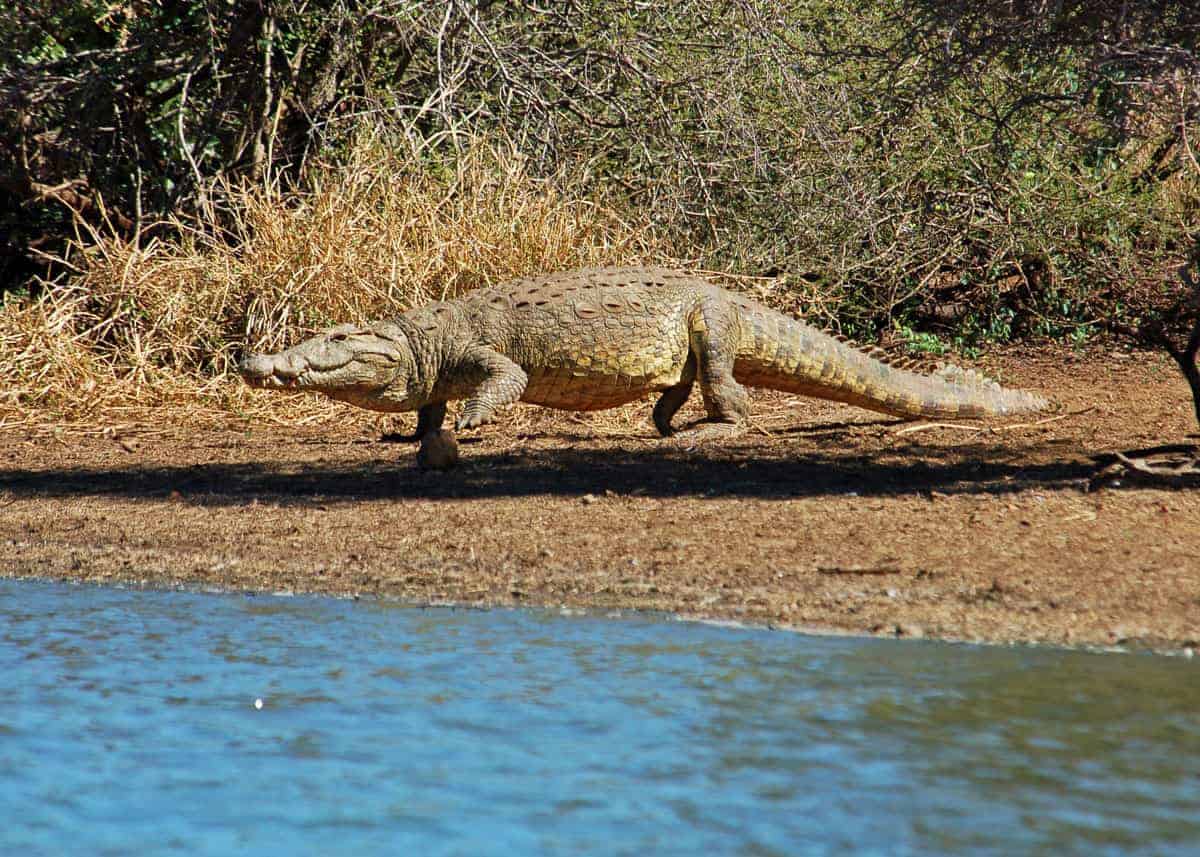
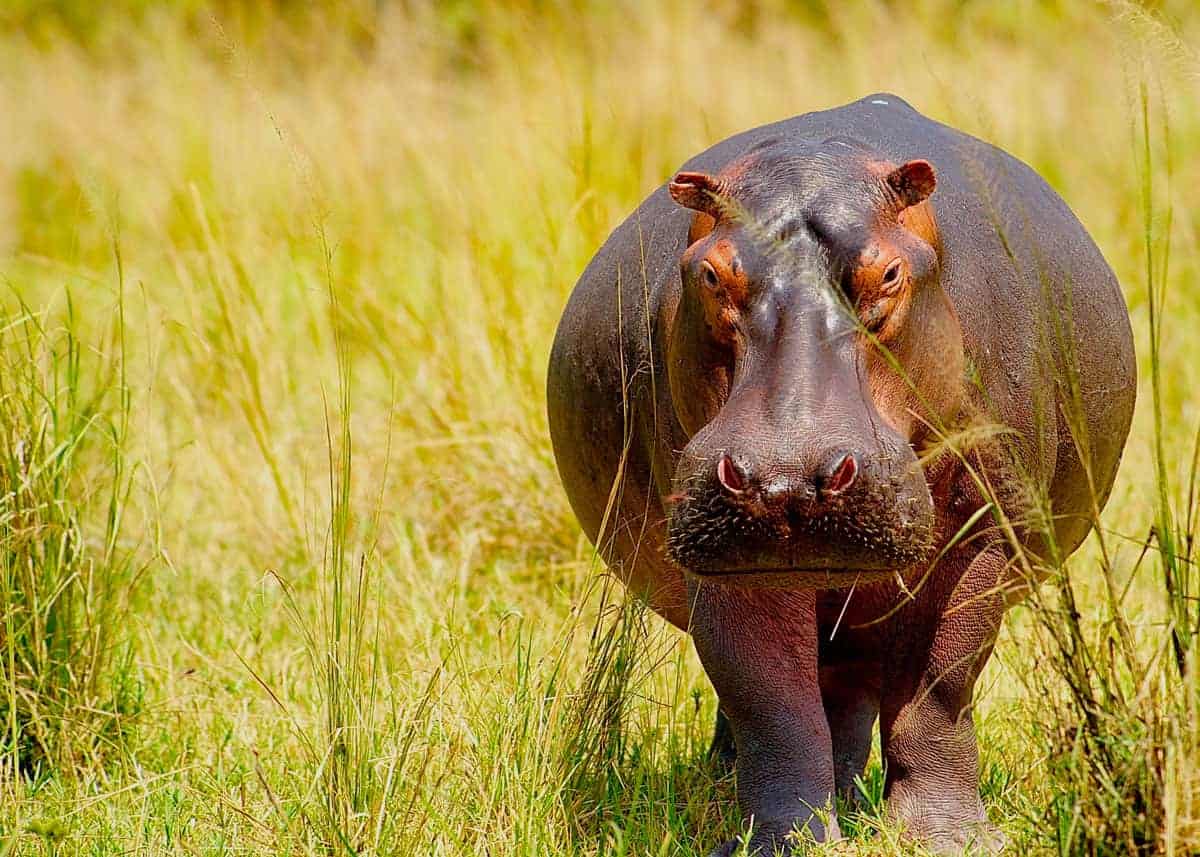
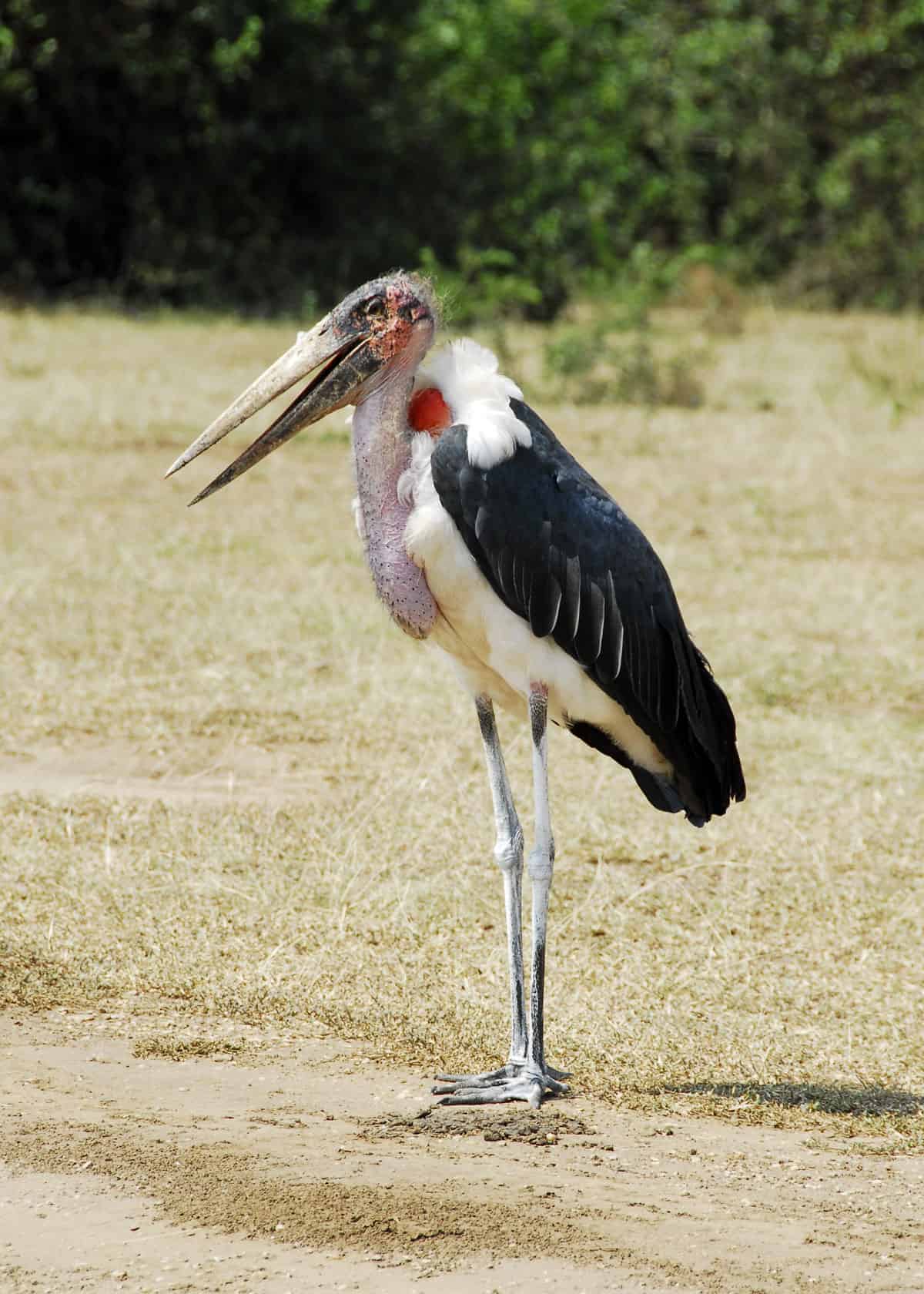
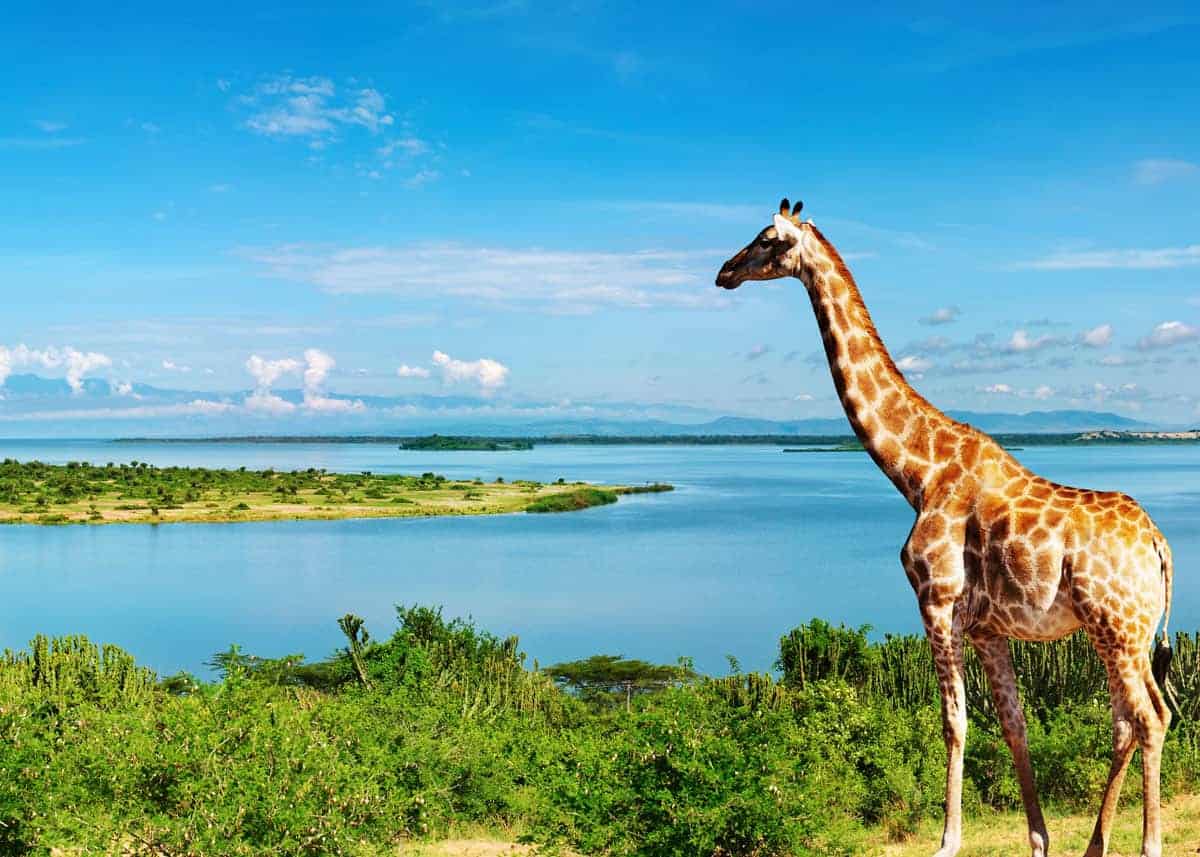
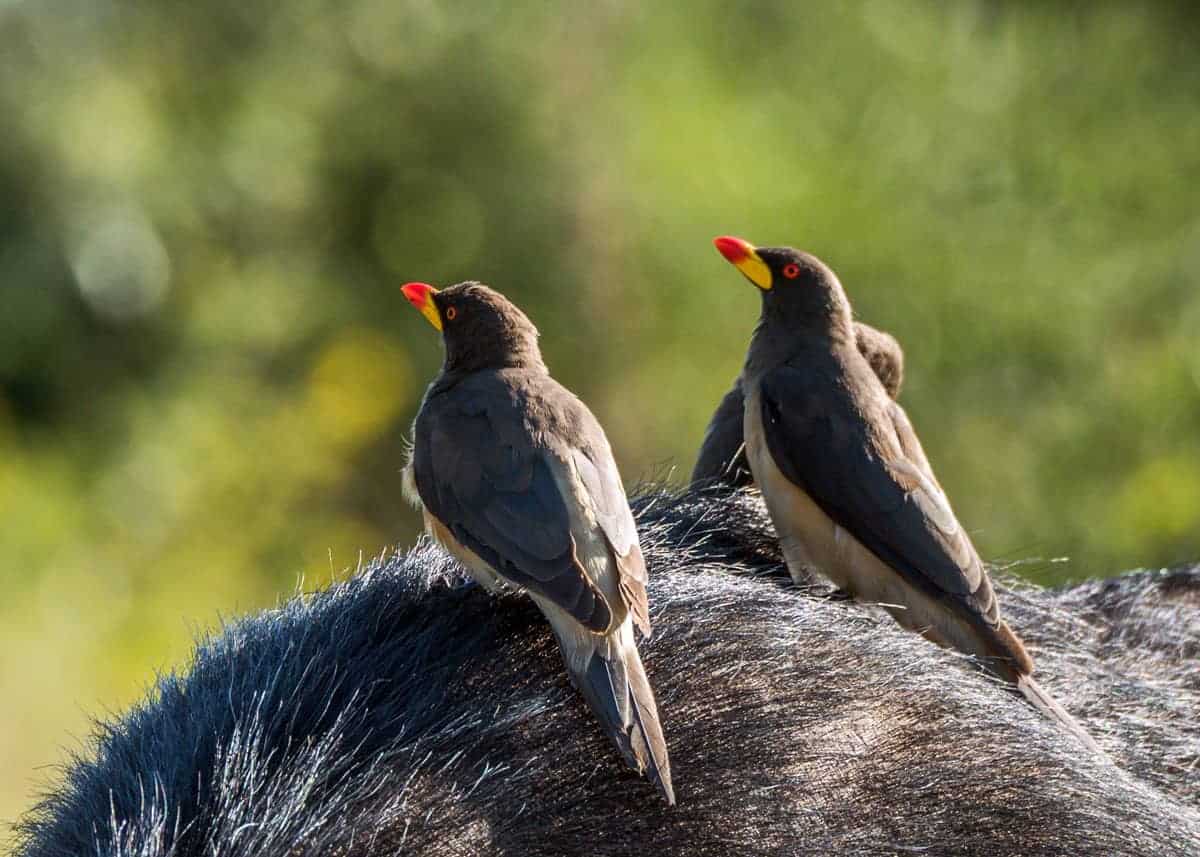
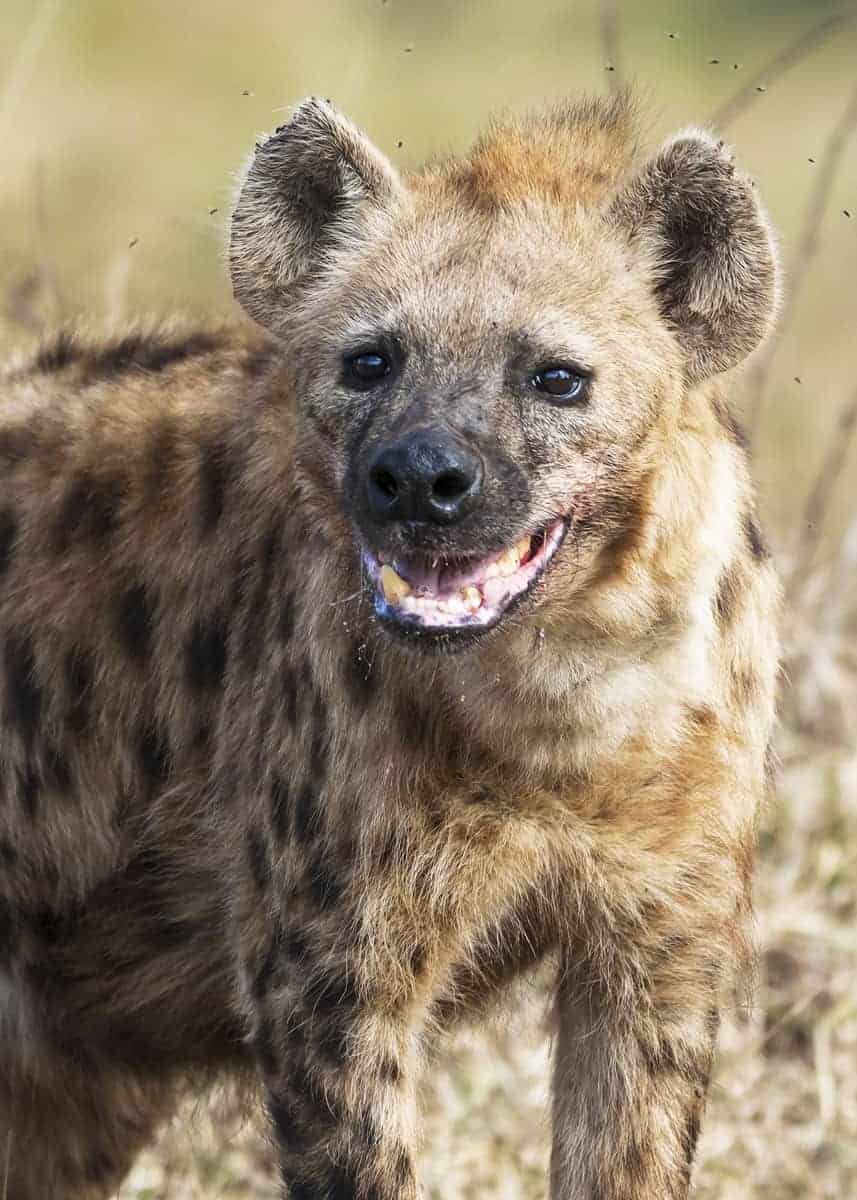

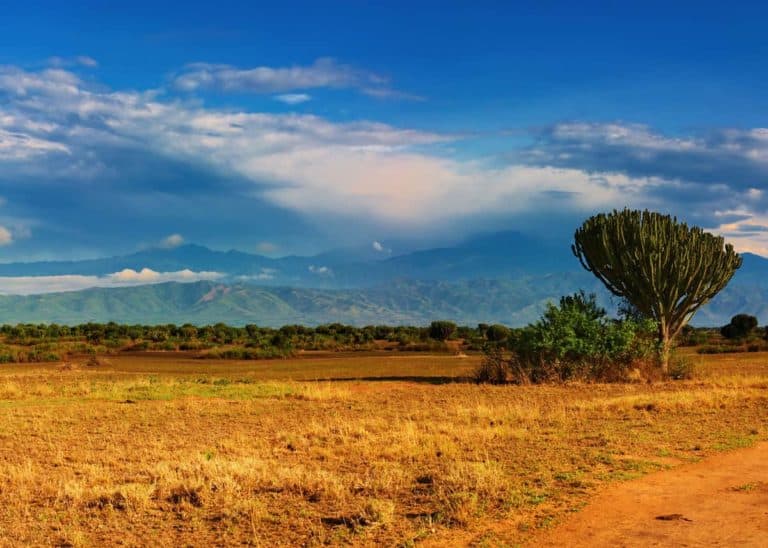




Just a correction on the number of rhinos on Ziwa Rhino Sanctuary. The number is now 32.
Thanks for the update Angela – we just updated this post and our profile post about white rhinos. Congratulations on your success!
I love this sight because it has lots of animal pictures’s and facts.
Wish to visit Uganda on February.require detail for their business/ industries/ people/ lives and religious
Yes me to.